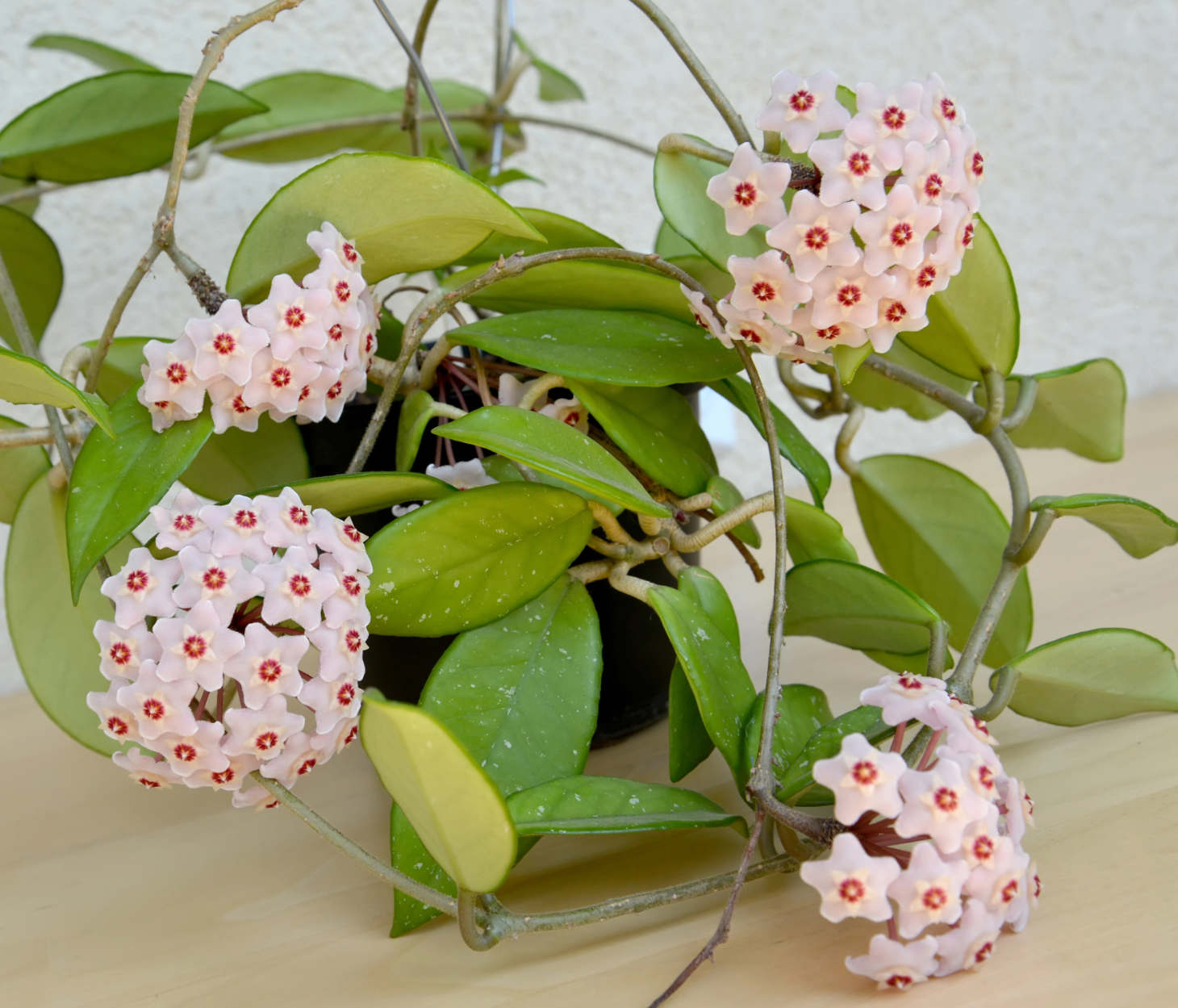Hoya Carnosa Plant Care
The Hoya carnosa, also called the wax plant or porcelain flower, is a favorite among houseplant lovers for its thick, glossy leaves and fragrant blooms. It is known for being a low-maintenance indoor plant that can thrive even if you don’t have a lot of plant experience. To keep your Hoya carnosa healthy, give it bright, indirect light, water when the soil dries out, and use a well-draining potting mix.
Adding a Hoya carnosa to your indoor plant collection is rewarding, as this plant can live for years and produce beautiful clusters of star-shaped flowers. You’ll also find that Hoyas are easy to propagate, making them a fun choice if you want to grow your collection or share with friends.
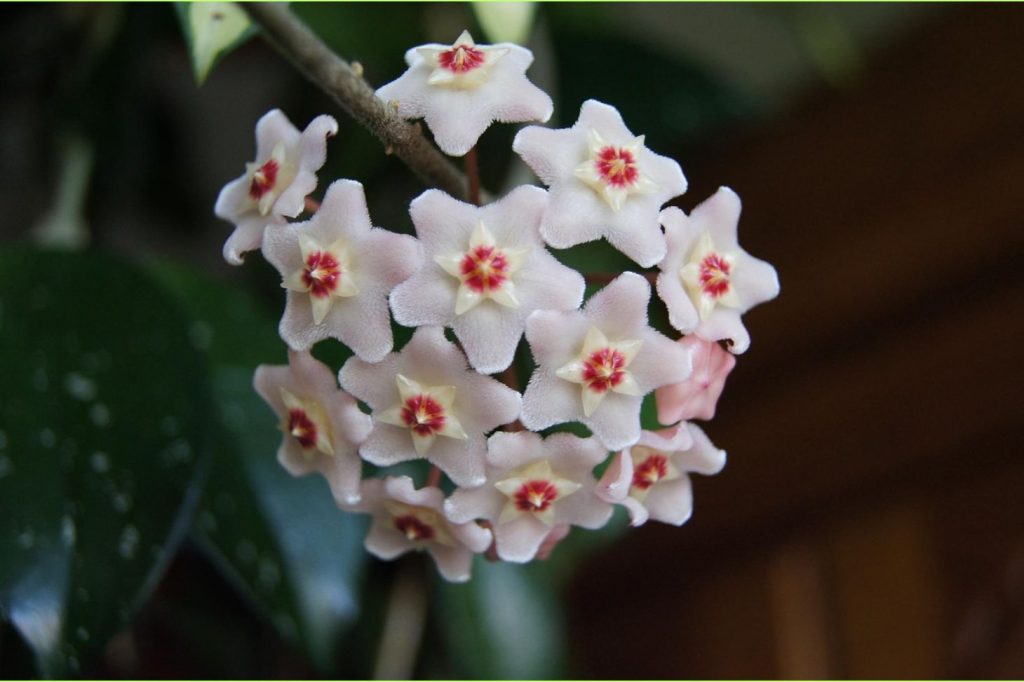
Key Takeaways
- Proper care keeps your Hoya carnosa happy and blooming.
- Well-draining soil and good lighting are essential.
- Watch for common plant health issues for long-lasting growth.
Essential Hoya Carnosa Care Basics
You need to pay close attention to light, water, and environmental conditions to help your hoya carnosa thrive. Giving your plant the right care helps it grow healthy leaves and encourages its unique waxy pink flowers to bloom.
Lighting Requirements
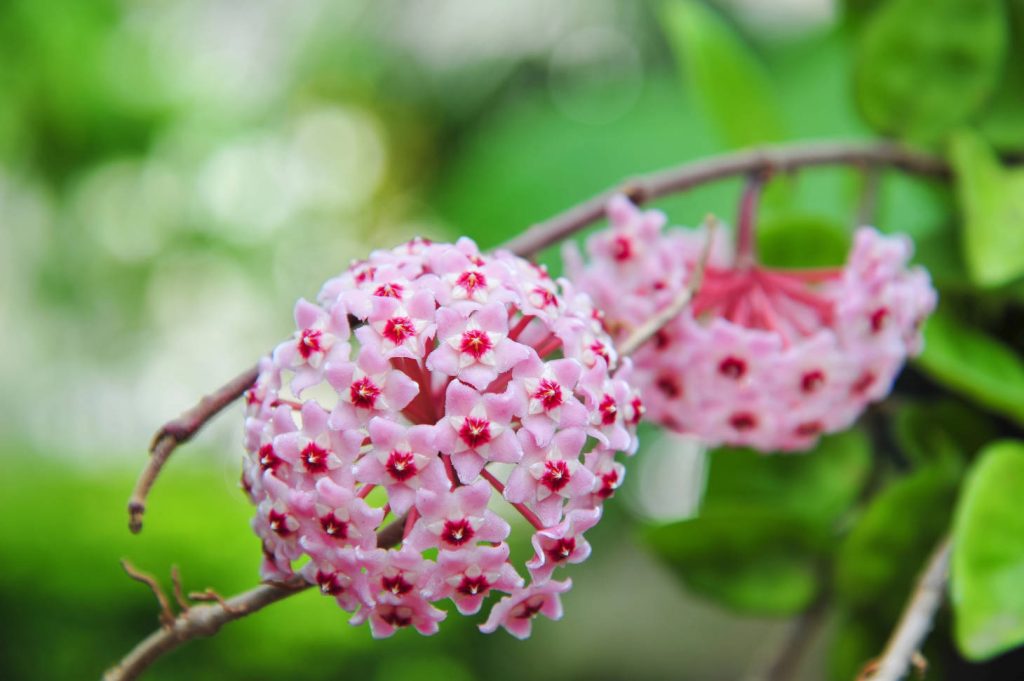
Hoya carnosa grows best in bright, indirect light. Put your plant near a window that gets plenty of sunlight, but make sure the rays are filtered or blocked by a sheer curtain. Direct afternoon sunlight can scorch the leaves, so avoid placing your hoya in a spot where the light is too harsh.
Rooms with east or west-facing windows work well. If your plant does not get enough light, its growth may slow down, and you may notice fewer blooms. While some cultivars can handle lower light, dim spaces can prevent your hoya from flowering.
If you notice pale or stretched leaves, this usually means your hoya needs more light. But if you see brown spots or crispy edges, the light is probably too strong. Moving the plant a foot or two away from the window or adding a light curtain often helps.
Watering Practices
Proper watering is one of the most important parts of hoya plant care. Hoya carnosa is a semi-succulent, meaning it stores water in its thick leaves. Allow the soil to dry out before watering again.
Check the soil moisture by sticking your finger about an inch into the dirt. If it feels dry, it’s time to water. Using a well-draining potting mix prevents root rot and overwatering issues.
Water the plant thoroughly, but pour off any extra water sitting in the saucer. Overwatering is a common problem and can quickly damage roots. Your watering routine may change depending on the season—water less often in winter when the plant grows more slowly.
Short dry periods between waterings can even help encourage flowering. Keep track of your plant’s pattern to adjust your habits as needed.
Ideal Temperature and Humidity
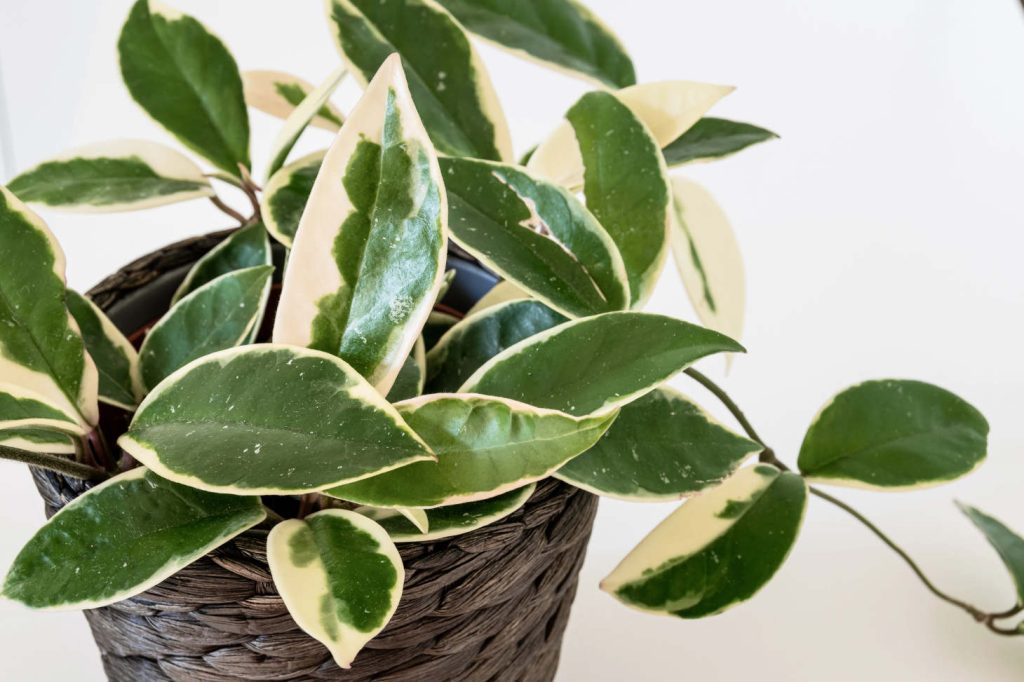
Hoya carnosa likes typical indoor temperatures between 60°F and 80°F (16°C to 27°C). Sudden cold drafts or temps below 50°F (10°C) can stress your plant, causing slow growth or leaf damage.
Humidity is also important for healthy growth. Aim for a humidity level between 40% and 60% for best results. If your air is dry, especially in winter, use a humidifier or place a tray of water near the plant to boost moisture.
Many cultivars appreciate higher humidity, and you may notice better flowering and shinier leaves when levels are above 50%. Still, good air flow is important too. Avoid placing your plant in stuffy corners to prevent mold or fungus issues.
Soil, Potting, and Fertilizing
A healthy Hoya carnosa, also called the wax plant plant, needs well-draining soil, a suitable pot, and the right amount of fertilizer. Proper care helps prevent root rot, encourages growth, and supports regular flowering.
Best Potting Mixes
Your Hoya carnosa needs a potting mix that drains well and does not stay soggy. Heavy soil or mixes that hold water will lead to root rot. The best mixes combine ingredients that let air reach the roots.
A good example is a mix of equal parts:
- Perlite
- Peat moss
- Orchid bark (small chunks)
- Vermiculite (optional for more aeration)
You can also use a pre-made mix for orchids or succulents, but adding some extra peat moss or coco coir can help retain the right amount of moisture. The mix should feel loose and slightly springy between your fingers, not dense or compact.
Choosing the Right Pot and Repotting
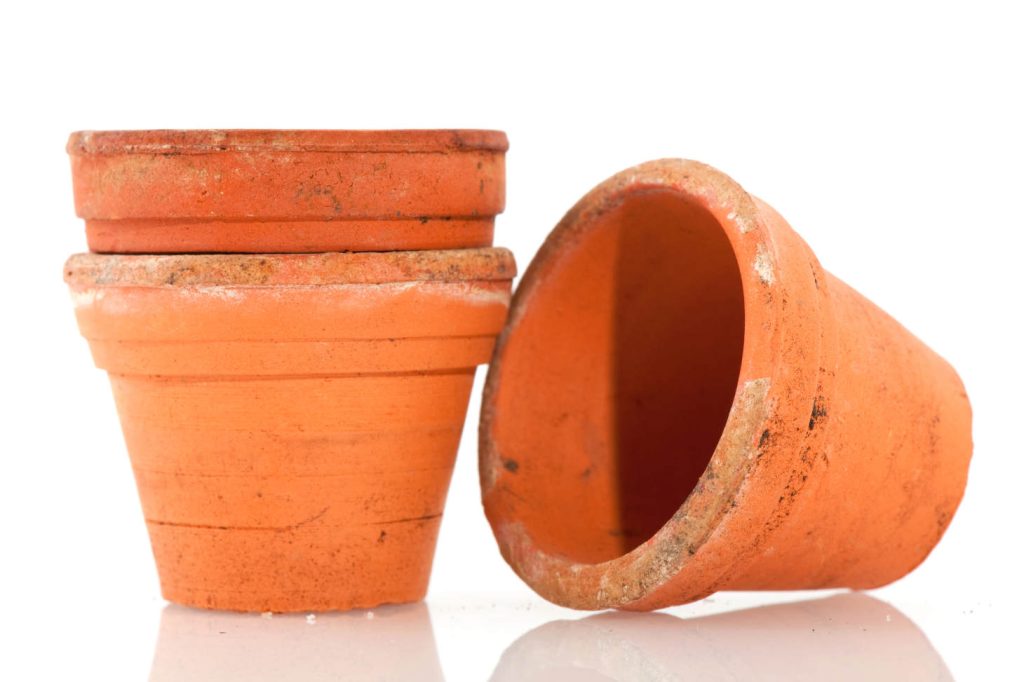
Hoyas prefer pots with drainage holes at the bottom. This keeps excess water from sitting in the pot and harming the roots. Terra cotta pots work well since they let soil dry out faster.
When roots start to fill the pot or grow out of the drainage holes, it’s time to repot. This is usually needed every 2 to 3 years. Refresh the old soil with new, nutrient-rich potting mix at this time.
Try to repot in the spring when the plant is growing most actively. Move the plant up just one size to avoid too much extra soil, which can keep roots wet for too long.
Fertilizing Strategies
Fertilize your Hoya carnosa two or three times in early spring through summer using a balanced, water-soluble fertilizer. For example, a 20-20-20 mix at one-quarter strength is usually safe.
Always water before adding fertilizer to avoid burning the roots. Skip fertilizing in fall and winter as the plant needs less nutrition while it rests.
Over-fertilizing can cause salt buildup, which can damage the roots. If you see white crust on the soil, flush it with plain water. Stick to a schedule and use only the recommended dose for healthy, steady growth.
Growth, Propagation, and Maintenance
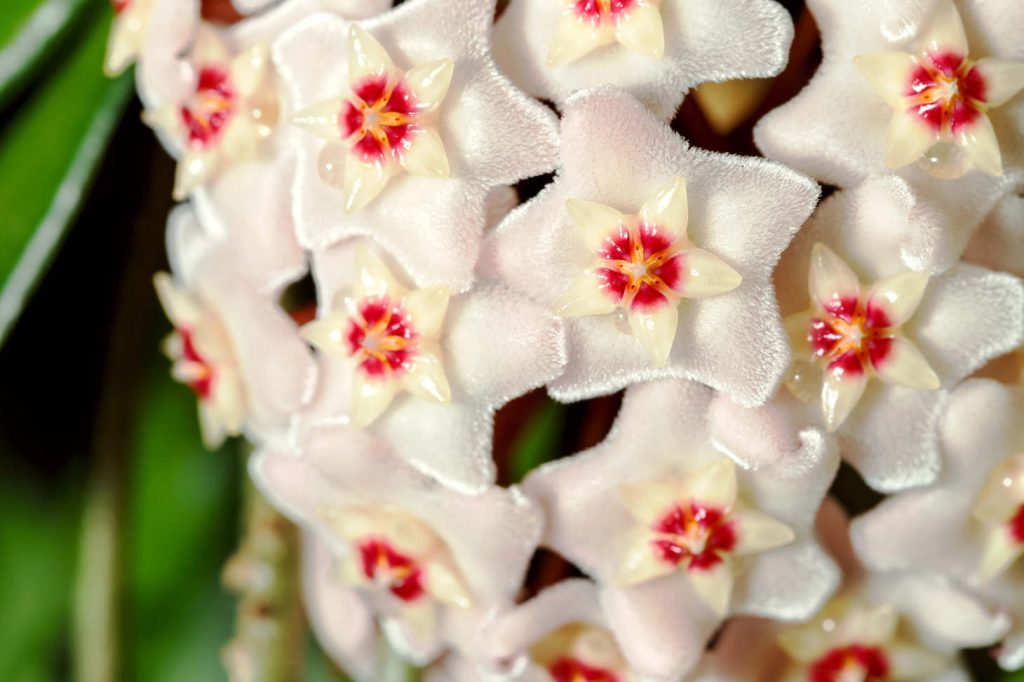
Hoya carnosa is a vining plant that grows actively during warm, bright months. You can encourage fuller growth and easier propagation with regular pruning and simple propagation methods.
Vine Growth and Pruning
Hoya carnosa vines can reach several feet with proper care. These vines are flexible and may need support, such as a trellis or hoop, to keep them tidy. The leaves grow along the stem and are thick, waxy, and deep green.
Healthy growth depends on giving the plant bright, indirect sunlight and letting the soil dry out between waterings. If the plant becomes leggy or loses shape, prune it back using clean, sharp scissors or pruners. Cut just above a leaf node, as new vines will grow from these spots.
Regular pruning helps the plant stay bushy and controls its size. Avoid cutting off the short, woody spurs called peduncles. Flowers bloom from these, so keeping them means more blooms in the future. Remove any dead or damaged parts to keep the plant healthy.
Tip: Wear gloves while pruning, as the milky sap can irritate your skin.
Propagation Methods
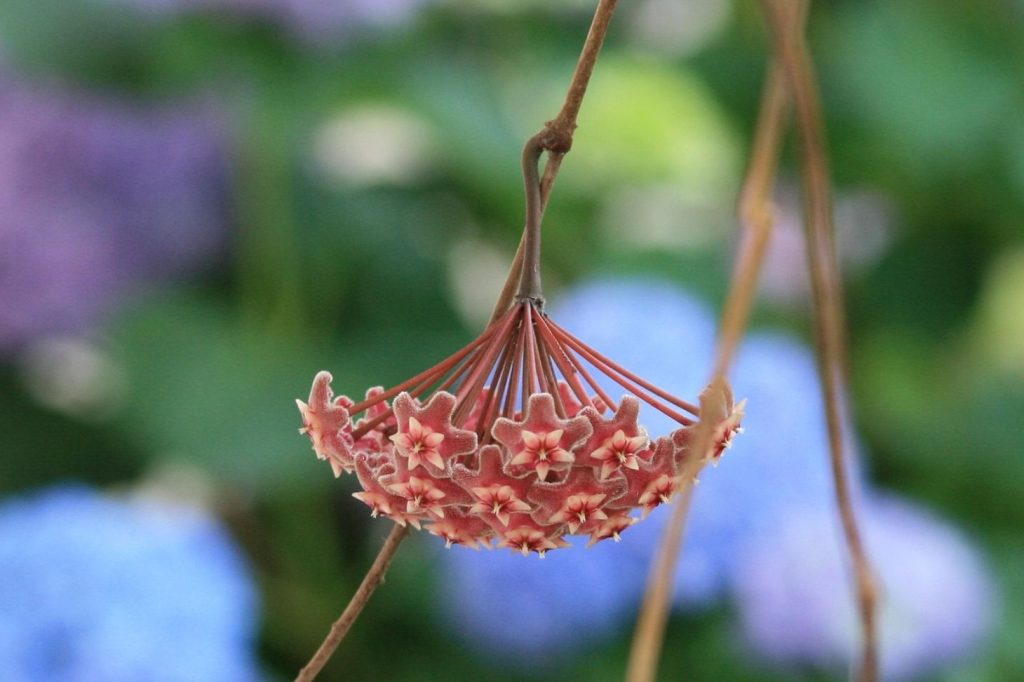
You can propagate hoya carnosa by using stem cuttings or through air layering. Stem cuttings are the most common. Use a sharp, clean tool to cut a healthy vine with at least two leaves and one node (where leaves attach to the stem).
Place the cutting in water or moist, well-draining soil. Keep it warm and give it bright, indirect light. Roots usually form within a few weeks. Once roots are about 2 inches long, transplant the cutting into a small pot.
Air layering involves wounding a section of the vine, wrapping it with moist moss, and covering it with plastic until roots form. This method takes longer but has a high success rate.
Key points for propagation:
| Method | Best Season | Rooting Time | Notes |
|---|---|---|---|
| Stem cuttings | Spring/Summer | 2-4 weeks | Use healthy, non-flowering vine |
| Air layering | Spring/Summer | 4-8 weeks | Good for thicker stems |
Health Issues and Common Problems
Hoya carnosa plants can run into several health issues indoors, mainly with pests and diseases. While these problems are often avoidable, it’s important to spot them early and act quickly.
Pests and Diseases
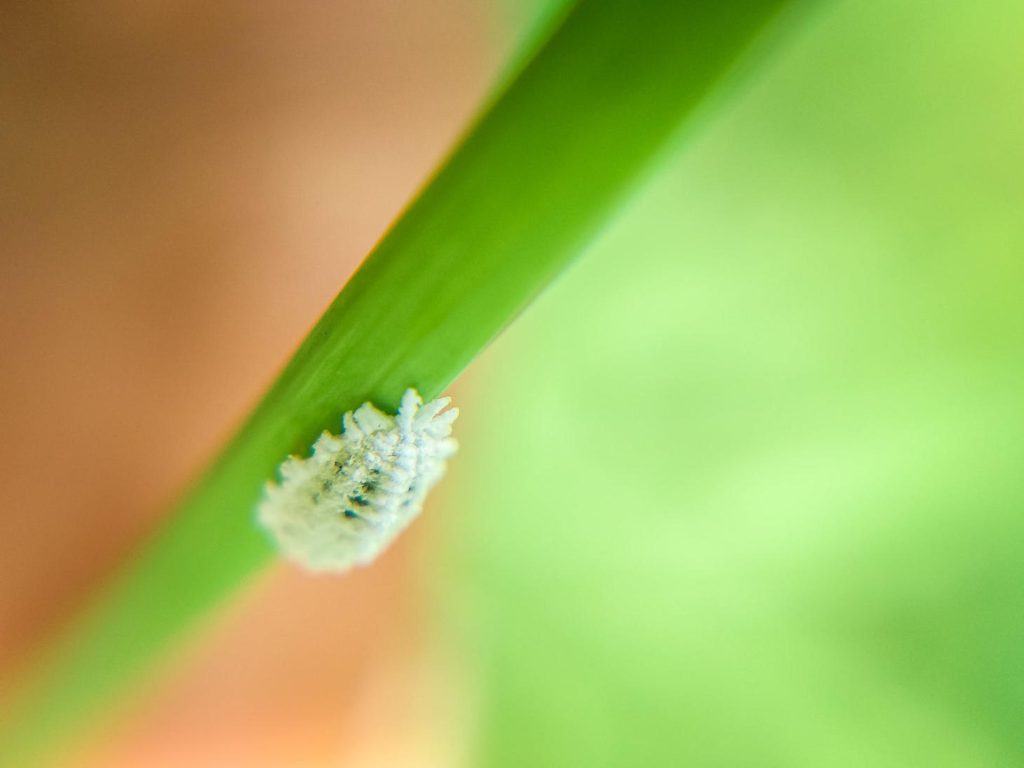
Mealybugs and spider mites are two of the most common pests you may find on Hoya carnosa. Mealybugs look like small white cottony patches along stems and leaf joints. Spider mites create fine webbing and can cause leaves to turn yellow or look speckled.
Remove pests with a strong spray of water, or use insecticidal soap for heavy infestations. Quarantine a new or infected plant to stop pests from spreading. Check your plant often, especially on the undersides of leaves.
Diseases often happen because of overwatering. Root rot, caused by fungi, makes the roots mushy and leaves yellow. Leaf spots or mold can also appear if air circulation is poor. Allow your soil to dry out between waterings, and make sure pots have drain holes to keep your plant healthy.
Recognizing and Preventing Toxicity
Hoya carnosa is considered non-toxic to humans and most pets. You don’t need to worry if you have children or animals at home, but eating any houseplant can cause a mild stomach upset in sensitive pets or small children.
If leaves or stems are chewed, watch for signs like drooling, mild vomiting, or lack of appetite. These issues are rare and usually not serious. Keep the plant out of reach if you have curious pets that tend to chew on greens, just to be safe.
Dust from Hoyas isn’t known to trigger allergies, but you can wipe the leaves now and then with a damp cloth. This keeps the plant clean and helps you spot any problems early. Whenever you handle the plant, wash your hands to prevent potential skin irritation from the sap, especially for sensitive individuals.

